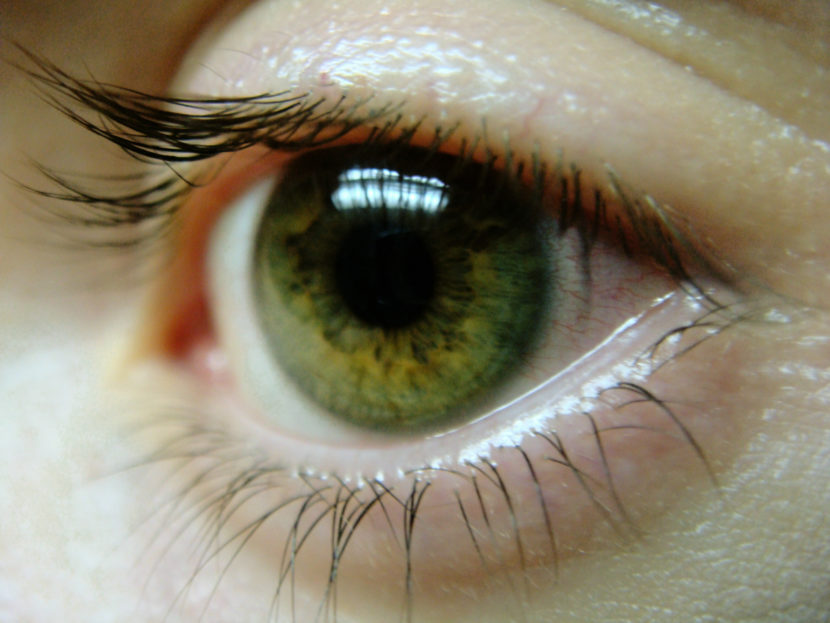
According to the Alaska Bureau of Vital Statistics, more Alaskans killed themselves in 2015 than in any previous year since at least 1978. The bureau’s numbers show 200 people died by suicide in the state, 28 more than the most recent high — set in 2013.
Experts said it’s difficult to determine the causes for the high number of suicides.
Kate Burkhart, the executive director of the Statewide Suicide Prevention Council, said inconsistent access to behavioral health care contributes to the state’s high suicide level.
“We have very high incidences of adverse childhood experiences, interpersonal violence and domestic violence, substance abuse, and depression and other mental-health disorders,” Burkhart said. “And so we have that constellation of risk factors present pretty much throughout the state. Access to health care though, is not consistent throughout the state.”
Burkhart said two local events that gained a high profile may have increased the number of suicides. A cluster of suicides in the Southwest Alaska village of Hooper Bay and a suicide at the Alaska Federation of Natives convention may have prompted other deaths.
“Suicides that receive a great deal of coverage in the media, for someone who’s already at risk, it can increase that risk,” Burkhart said.
The suicide prevention council worked with AFN on prevention programs at this year’s convention.
The suicide total includes 67 deaths of Alaska Natives. Among Alaska Native men, the age-adjusted rate was 80 suicides per 100,000, more than six times the rate for all American adults.
Barbara Franks is a board member of the Statewide Suicide Prevention Council. Her son Ron died by suicide in 1997 when he was 23. Franks, who is Tlingit, said focusing on ethnicity can detract from understanding the individual causes of suicide.
“I stopped the categorizing when they say a young male from Alaska,” Franks said. “You get to find that people will become more sensitive of how they’re categorized than to (finding) out why or what happened.”
Franks said the downturn in the state’s economy likely contributed to the high number of suicides last year. It’s too early to say whether the number has dropped this year, since 2016 statistics aren’t compiled until next year.
The Statewide Suicide Prevention Council, schools and other suicide prevention programs receive $1.6 million annually.
Burkhart said it’s difficult to compare the 2015 suicide total to past data. That’s because the stigma surrounding suicide discourages reporting, and that stigma has changed over time.
“As we get better and better at tracking the data, and as people are less reluctant to say, ‘Yes, my loved one died by suicide,’ we are going to see an increase in the numbers,” Burkhart said. “It happens with other things like domestic violence and other issues where stigma has prevented a good picture being painted.”
Public health experts say that if people notice warning signs of suicidal behavior, such as talking about it or discussing ways to do it, they should seek advice on treatment. The volume of calls to the state’s suicide prevention care line has increased more than 60 percent in the last two years.
Gov. Bill Walker’s new budget proposal increases funding for a program that include suicide prevention.
Andrew Kitchenman is the state government and politics reporter for Alaska Public Media and KTOO in Juneau. Reach him at akitchenman@alaskapublic.org.




